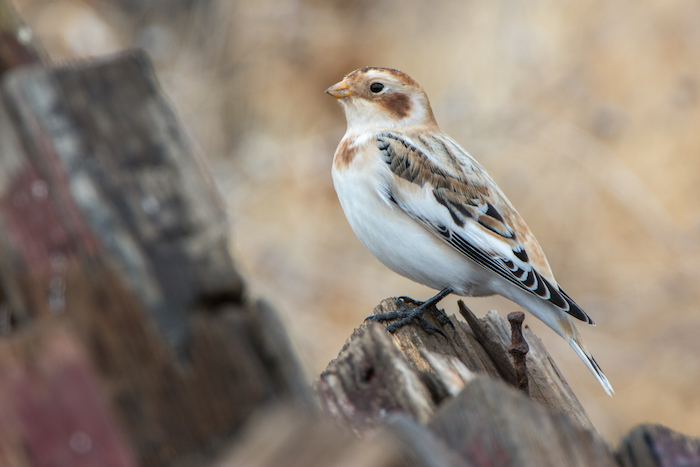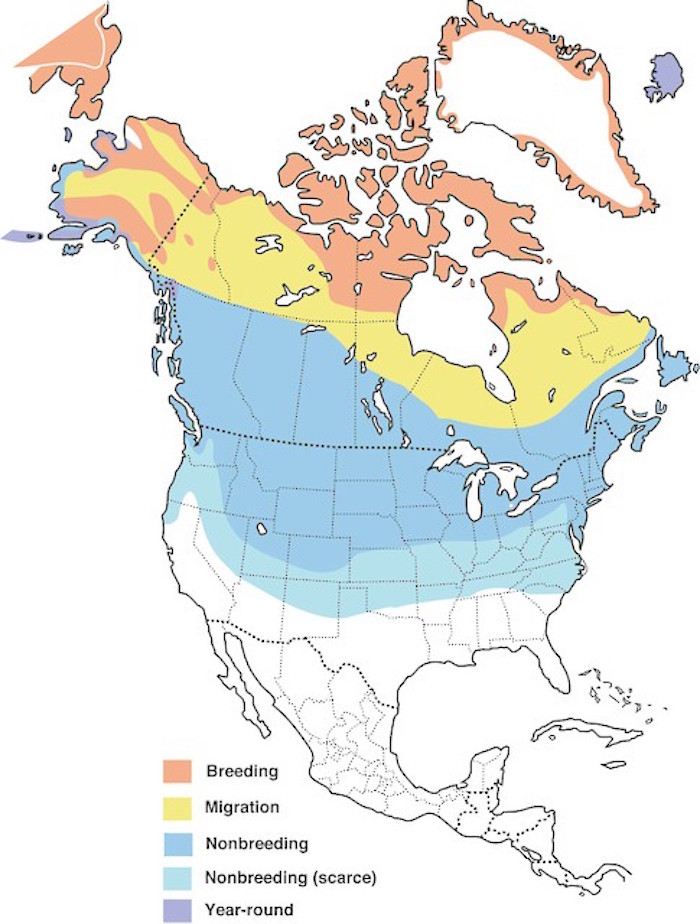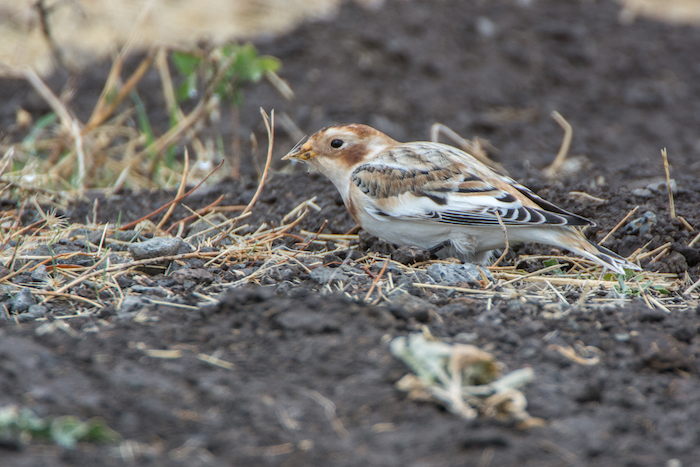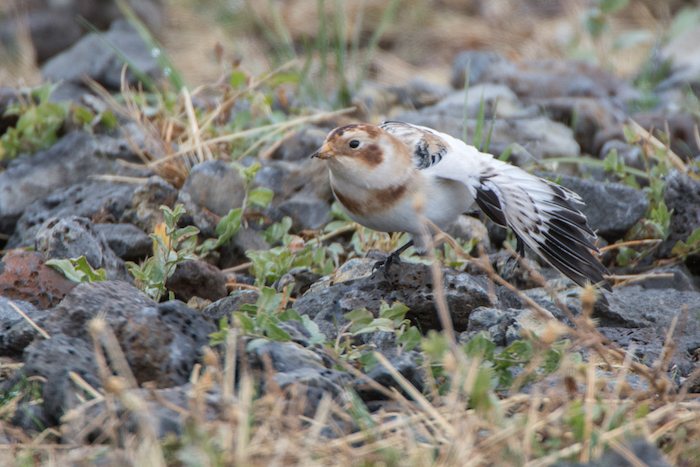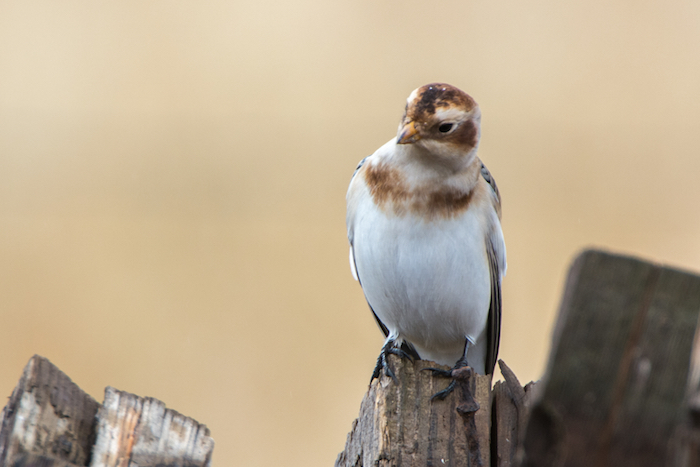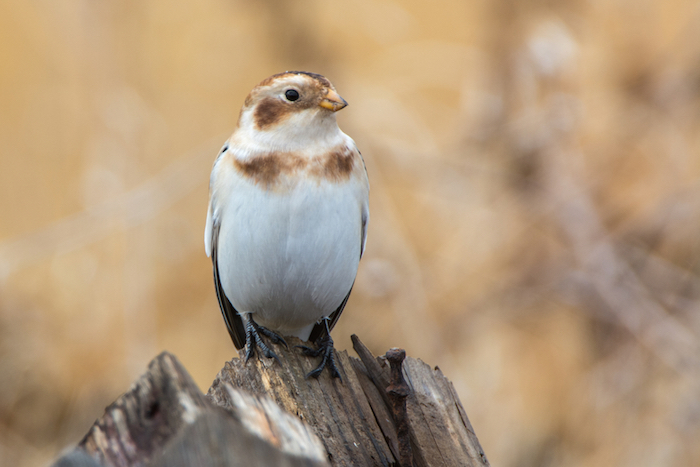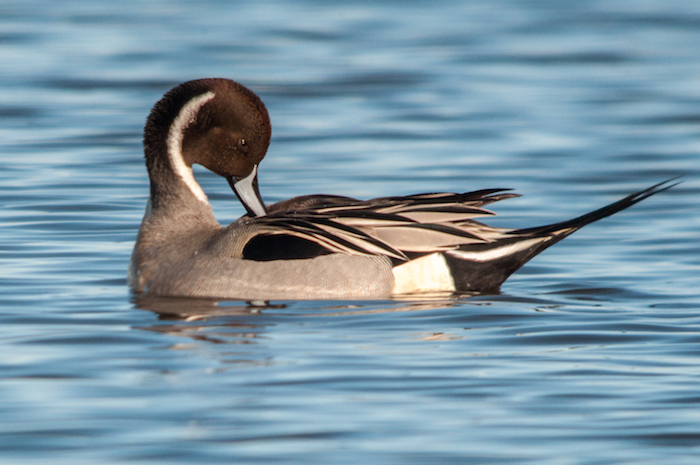
Northern Pintail Drake
Family, warmth, beauty… There is so much to be thankful for. Perhaps we can be especially thankful for just that – our capacity to appreciate.
Appreciate is one cool word. It means both “to be thankful for” and “to increase the value of.” Those two things seem properly bound in a single word.
We appreciate birds in many ways. At our homes we may grow brush and trees that give birds places to forage and rest. Perhaps we reduce or stop our use of toxins in the yard. In our neighborhoods we sustain parks, with thickets of trees, ponds, creeks, and rivers; maybe we decrease the number of introduced predators. In these places of earthly beauty the birds can sing and scratch the leaves, and we can enjoy it all.
On a grander scale, too, we have done some good for birds. Banning DDT and lead has reduced those toxins in the ecosystem, famously supporting the comeback of eagles and falcons, and now the health of waterfowl. However, sometimes our large-scale societal actions seem distant and convoluted; we don’t even know what good we do.
Take the Farm Bill. In 1933 it was created to help farmers suffering from Depression Era crop prices. Now, with its impact on not just rural economies but global trade, food safety, nutrition, and conservation, it is often the subject of hard-nosed debate as Congress tries to discern just what the good thing is. Other issues aside, the bill has been able to steer a path that seems to support both farmers and wildlife.
Well over 60% of the Lower 48 is private land, including 911 million acres of farmland and 400 million acres of forests or tree farms. Forest birds had declined 19% in the two decades measured when, in 1990, the Farm Bill created financial incentives for timber companies to improve habitat. Since then woodland bird numbers have stopped their decline and edged up a modest 3%. Also in the 1990’s wetland easements were introduced, paying farmers to keep their fallow fields flooded. Since then ducks and shorebirds ended their decline of 10% in the prior 22 years and have increased an impressive 51%.
Grassland birds had also declined, by nearly half from 1968-2003. Then grassland easements were begun, paying farmers to leave their upland, often marginal, acres untilled. The bird decline stopped and, like the forest bird populations, have crept up a hopeful 3%.
Farm Bill conservation is also credited with keeping 22 million tons of soil out of waterways in 2013 alone. That much soil would put a big hole in your yard—or in Redding, or in the Central Valley; and it couldn’t be good for salmon, or birds that eat fish, or any who, like us, drink river water. Our choices have kept that land in the fields and forests where it should be. Farm Bill conservation is further credited with generating $430 million annually in hunting and bird-watching activities and with water absorption and flood control valued at $150 billion.
Our choices matter, and we’ve made some good ones. But we are, thankfully, alive, and so the responsibility and opportunity of making choices continues. The Farm Bill subsidizes agribusiness and timber companies to do good on private land. Now Congress is deciding whether we should subsidize oil companies with our public land in the Arctic, not to protect habitat but to turn it into oilfields. Further, our House representative just forwarded a bill that would absolve those companies from responsibility for marine mammal and bird kills in the Arctic, the Gulf, or anywhere else. Arctic oil would produce about 1% of the world’s total, not enough to affect gas prices or create security; but it would degrade nesting grounds and contribute to climate change, which greatly harms birds and people alike.
We get to make all kinds of choices. A basic choice is deciding what we want to appreciate.

